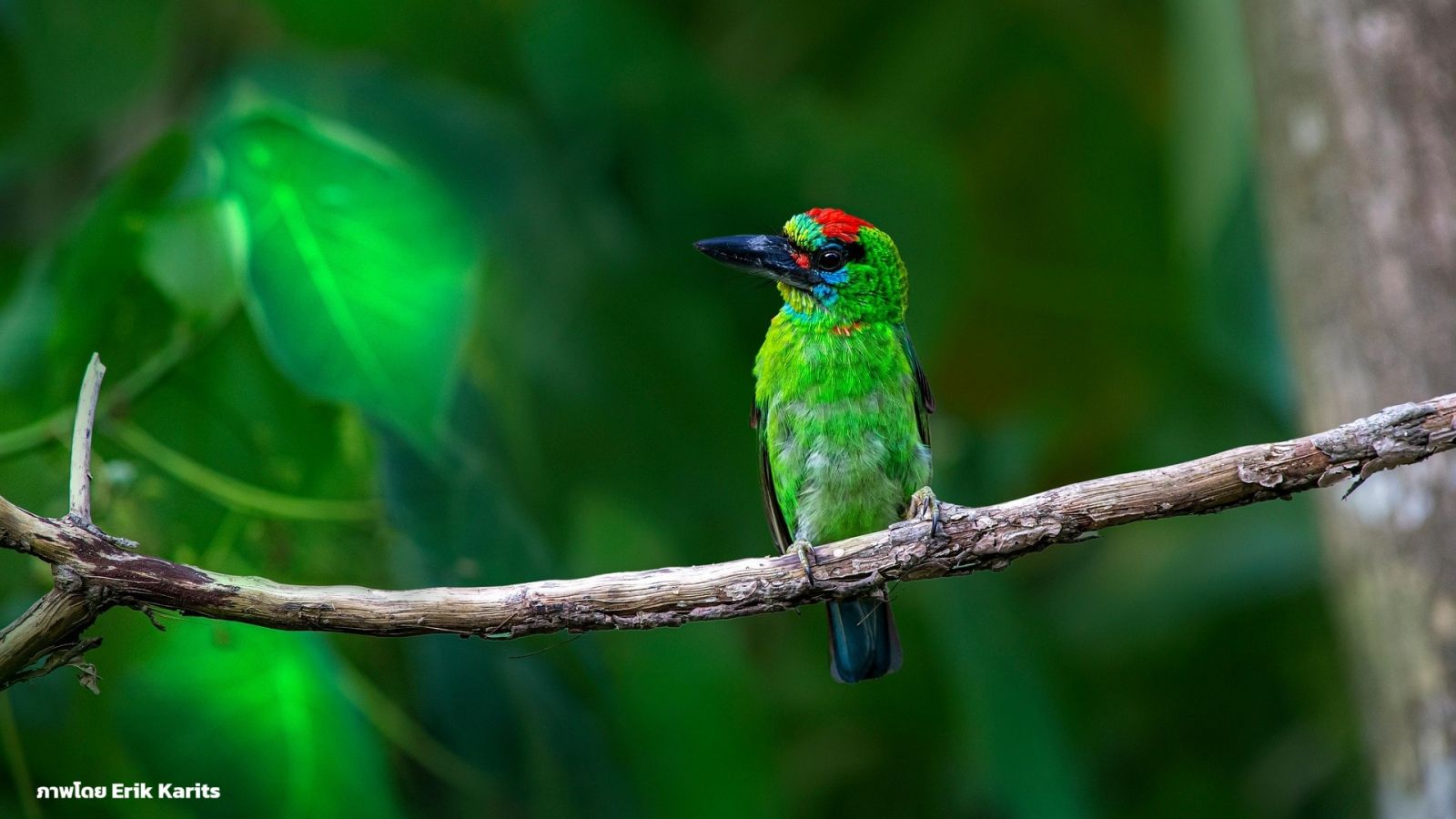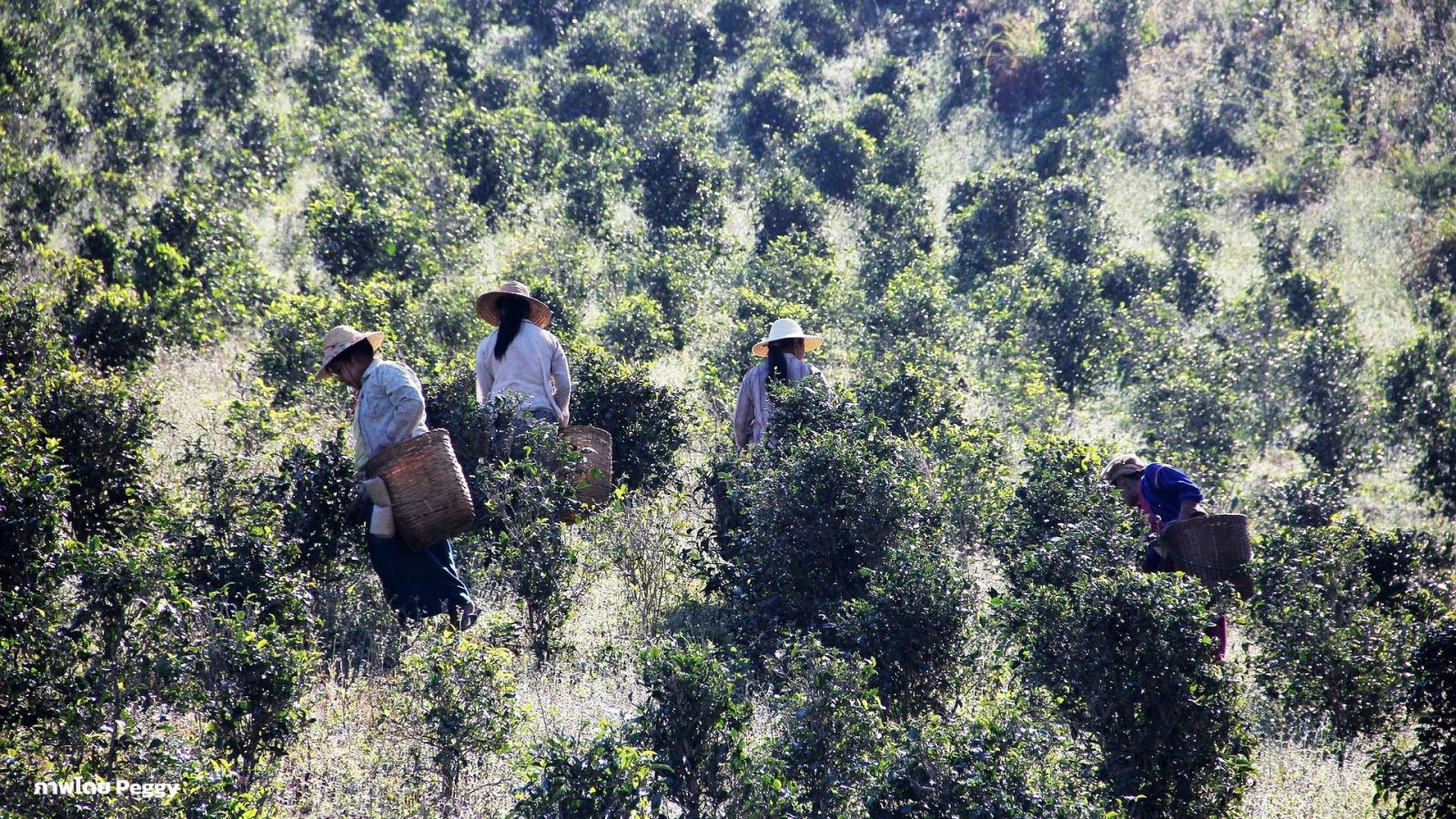A new pathway for biodiversity conservatio
Over the past several decades, global biodiversity conservation efforts have largely relied on the establishment of Protected Areas (PAs). In Thailand, these are known as Conserved Areas, which include national parks, forest parks, wildlife sanctuaries, non-hunting areas, etc. These areas are predominantly managed by the government and governed under specific legal frameworks. While protected areas play a crucial role in safeguarding biodiversity, they remain insufficient in terms of coverage and inclusivity.
Especially in light of the global community’s new target of “30x30” — conserving at least 30% of the planet’s natural areas by 2030 — under the Kunming-Montreal Global Biodiversity Framework (KM-GBF).

At the same time, relying solely on traditional protected areas to conserve biodiversity presents several limitations — including budget constraints, competing land-use demands, and misalignment with the lifestyles of surrounding communities. This has led to the emergence of the concept of OECM (Other Effective area-based Conservation Measures), which refers to biodiversity conservation measures outside formal protected areas. OECM aim to ensure the long-term maintenance of areas that deliver positive outcomes for nature, including the preservation of ecosystems, cultural values, and community ways of life.
The OECM concept paves the way for more diverse and flexible approaches to conservation—ranging from community-managed forests and sustainable agricultural landscapes to privately-led ecosystem restoration areas and even urban ecological corridors.
These areas can be co-managed by various stakeholders, including government agencies, local authorities, communities, religious organizations, and academic institutions. As of June 2025, more than 6,400 OECM sites have been recognized globally, compared to over 300,000 traditional Protected Areas (PAs) (WDPA database). This reflects a global shift toward more inclusive and expansive models of biodiversity conservation.
Incentives Behind the Promotion of OECM
Several countries have initiated OECM systems to help achieve their biodiversity conservation targets by formally recognizing areas that meet established criteria. It is therefore important to examine the key motivations driving the promotion of OECM in these countries, as these insights can inform and guide the development of context-appropriate strategies elsewhere.

1. Gaining Recognition and Enhancing Positive Image
Being designated as an OECM helps strengthen the positive image of communities, organizations, or businesses as active contributors to natural resource conservation—especially in an era where the concept of ESG (Environmental, Social, and Governance) is receiving widespread attention.
For example, in Japan, private companies can propose their green spaces as Corporate OECM to demonstrate environmental responsibility and enhance their sustainability image. This is further supported by a Biodiversity Support Certificate system, which offers symbolic incentives to companies that support OECM and biodiversity conservation. In Australia and the United Kingdom, conservation and non-profit organizations propose private or urban areas as OECM to boost credibility and improve access to funding. Meanwhile, local governments in South Korea and Finland use OECM as tools to communicate a strong environmental image of their cities or municipalities.
2. Securing Settlement and Preserving Traditional Cultures
The recognition of Indigenous peoples’, ethnic groups’, and traditional communities’ territories as OECM helps safeguard their rights to inhabit and use natural resources according to customary practices. It reduces the risk of land appropriation, encroachment, or changes in land use without consent, while affirming the legal and state recognition of their cultural identity and traditional governance systems.
In Canada, areas managed by Indigenous communities through the Indigenous Guardians network have been recognized as OECM. Similarly, India has recognized Sacred Groves and traditional agricultural landscapes as OECM to uphold religious and cultural values. In the Philippines, Ancestral Domains managed by Indigenous peoples are designated as OECM to protect community rights and local knowledge from external pressures. Meanwhile, in Colombia and Peru, the recognition of ethnically managed community forests engaged in ecosystem restoration as OECM supports land tenure security and the preservation of local ways of life.

3. Economic Opportunities
OECM sites are often promoted publicly, enhancing their visibility and credibility in the eyes of society. This recognition can open up diverse income-generating opportunities, including sustainable tourism, wellness-based enterprises, and carbon credit development.
In Australia, for instance, private owners of wellbeing retreat that use natural landscapes to promote physical and mental health have benefitted from OECM recognition, which enhances the reputation and trustworthiness of their services. In Queensland, the Land Restoration Fund integrates carbon credits with biodiversity credits to increase financial returns from conservation efforts. While in South Africa, landowners committed to conservation can receive tax incentives and apply for their properties to be designated as OECM. These examples illustrate that OECM not only serve as conservation mechanisms but also create diverse and innovative economic opportunities.
4. Government-Supported Incentives
Clear government-backed benefits for OECM sites—such as access to funding, management tools, scientific data, and policy-level support—serve as key motivators, turning OECM into “opportunities rather than obligations.”
In Australia, OECM-like areas receive a range of government benefits, especially financial support for communities and private landowners, along with technical assistance and training. These areas are also included in the National Reserve System (NRS), enhancing policy-level recognition and access to additional public resources. In South Korea, local governments that nominate areas as K-OECM can apply for additional funding from the central government. In Canada, the CAPCI program (Canada Nature Fund for Protected Areas and Conservation) provides grants and technical support to Indigenous groups and local organizations that propose OECM sites, reflecting the government’s commitment to promoting diverse conservation approaches.
5. Ecosystem Sustainability
OECM sites play a vital role in maintaining ecosystem health by conserving habitats for endemic and threatened species, connecting natural landscapes, serving as ecological buffer zones, and supporting long-term climate adaptation.
In Europe, many countries have proposed rural green areas and ecological corridors between protected areas as OECM to strengthen ecosystem resilience. A similar approach is seen in China. In Australia, the organization Bush Heritage Australia has proposed semi-arid restoration landscapes as OECM to conserve genetic resources and local biodiversity. While in Latin American countries such as Colombia and Peru, sustainably managed agricultural areas have been recognized as OECM where forest edges or natural ecosystems are maintained alongside subsistence farming. Additionally, universities and research institutions in various countries actively co-manage natural areas as learning, research, and biodiversity monitoring sites—helping ensure the ecological value of these areas is preserved sustainably.
Flexible and Inclusive Approaches
Promoting OECM offers a flexible, inclusive, and context-sensitive approach to biodiversity conservation—one that aligns with the realities and capacities of area stewards, whether they are communities, Indigenous peoples, local authorities, academic institutions, or the private sector. Lessons from various countries show that OECM can take many forms: from natural forests and sustainably managed agricultural landscapes to ecosystem restoration sites, research areas, and places of cultural or spiritual significance. Each contributes uniquely to the long-term protection of biodiversity.

Source: TEI

Share: